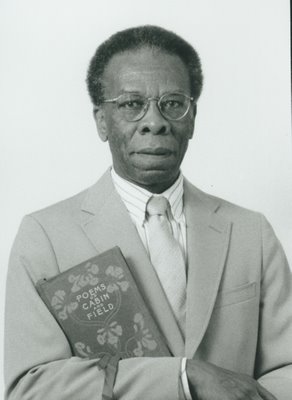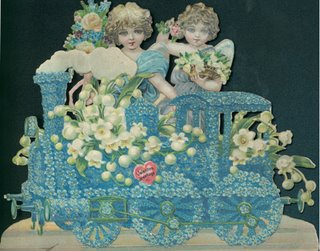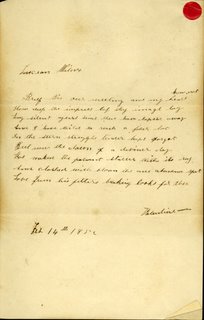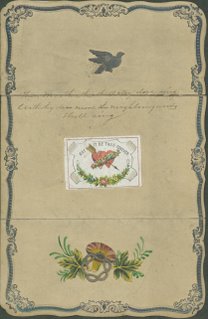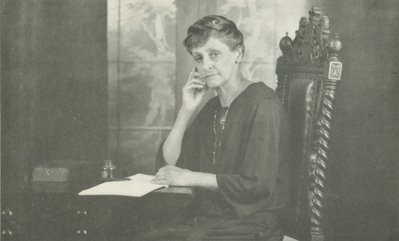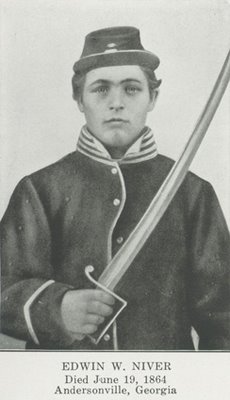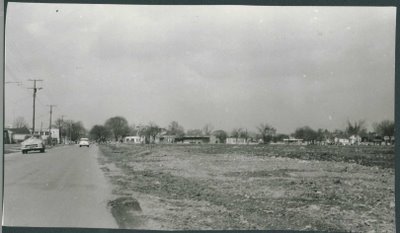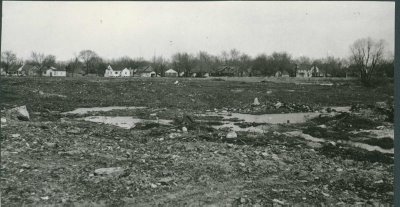 Born in Sandusky around 1866 (believed to be the son of a former slave), James M. French achieved substantial success in the real estate and insurance professions, overcoming the obstacle of racial discrimination. Mr. French used his wealth and influence to serve the community and African-American youth.
Born in Sandusky around 1866 (believed to be the son of a former slave), James M. French achieved substantial success in the real estate and insurance professions, overcoming the obstacle of racial discrimination. Mr. French used his wealth and influence to serve the community and African-American youth.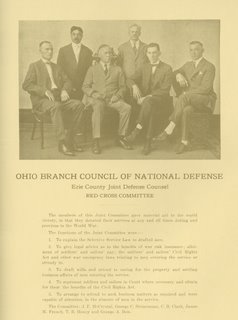 The image above shows James French in his service to the community during the First World War, as a member of the Red Cross Committee of the Erie County Joint Defense Council. Additionally, among other activities, he was president of the local council of the National Association for the Advancement of Colored People, the Loyal Legion of Labor, and the Negro Welfare League. He also helped to found an African-American Boy Scout troop in Sandusky, and was an active member (and treasurer) of the First Congregational Church. In 1895, he gave a eulogy at the funeral of John Brown, Jr., at Put-in-Bay.
The image above shows James French in his service to the community during the First World War, as a member of the Red Cross Committee of the Erie County Joint Defense Council. Additionally, among other activities, he was president of the local council of the National Association for the Advancement of Colored People, the Loyal Legion of Labor, and the Negro Welfare League. He also helped to found an African-American Boy Scout troop in Sandusky, and was an active member (and treasurer) of the First Congregational Church. In 1895, he gave a eulogy at the funeral of John Brown, Jr., at Put-in-Bay.James French died suddenly of a heart attack, shortly after conducting business at the courthouse, in August 1922, at age 56. The local newspaper report claimed that his funeral was attended by thousands, including a local congressman, county and city officials, and representatives of many civic and charitable organizations. In his will, he left the bulk of his estate (valued at between $75,000 and $100,000 -- a rather large sum at that time) to Oberlin College, for the benefit of "deserving Afro-American students," a gesture that was recognized by the author James Weldon Johnson in an essay ("A Negro Benefactor") a few weeks later.

The graduation photo of James M. French, Sandusky High School, 1884.

 this blog
this blog





